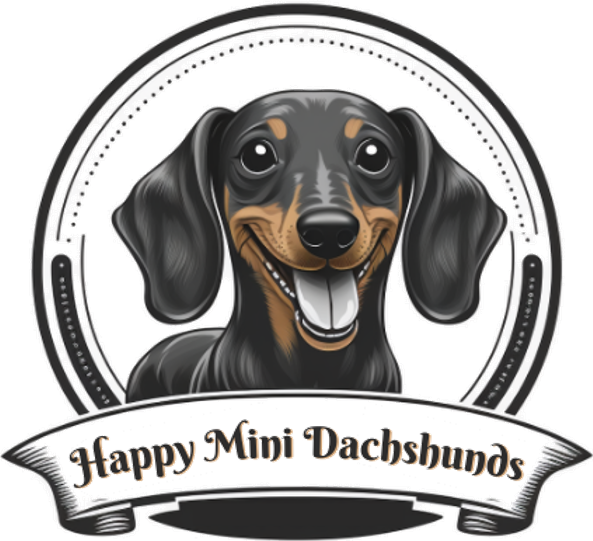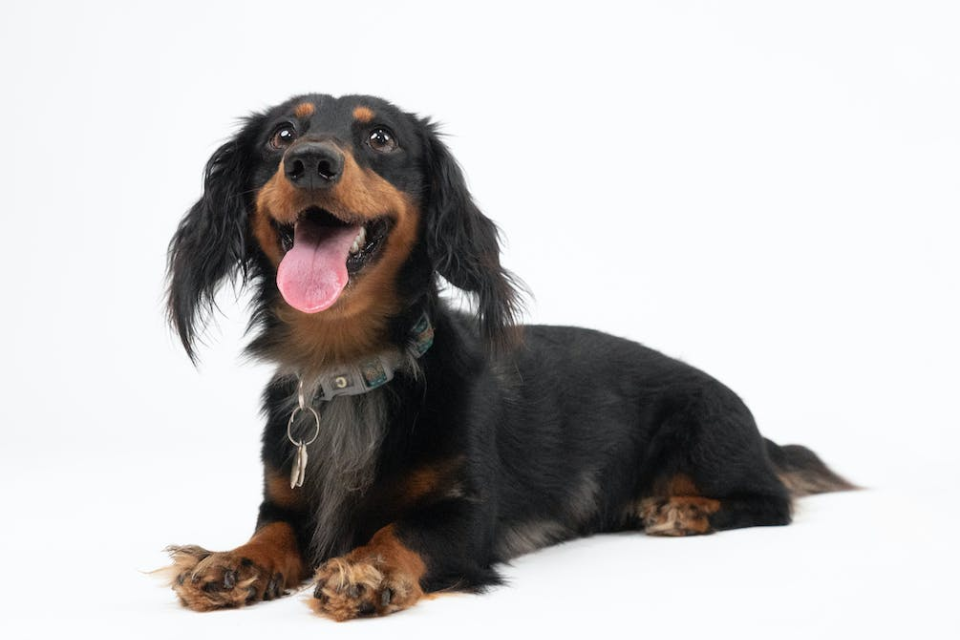If you are considering adding a Miniature Dachshund to your family, you may be wondering about their shedding habits. Miniature Dachshunds are a popular breed due to their affectionate and playful personalities, but shedding can be a concern for some pet owners. Shedding is a natural process for dogs and can be influenced by several factors, including breed, coat type, and health status.
In this blog post, we will discuss everything you need to know about Miniature Dachshund shedding. We will explore shedding in dogs in general, and then dive into the specifics of the Miniature Dachshund breed. We will cover the shedding frequency, seasons, patterns, and factors that affect shedding in Miniature Dachshunds. We will also provide tips and strategies for managing shedding in your Miniature Dachshund, including grooming techniques, nutrition, supplements, and exercise.
By the end of this post, you will have a comprehensive understanding of Miniature Dachshund shedding, and you will be equipped with the knowledge and tools you need to keep your furry friend looking and feeling their best. So, let’s get started!
Key Takeaways:
- Miniature Dachshunds shed moderately throughout the year
- Shedding can be managed through regular grooming, a healthy diet, and environmental changes
- Understanding your dog’s shedding pattern can help you prepare and manage it more effectively
Shedding in dogs
Shedding is a natural process in dogs that involves the loss of old or damaged hair. It is a common phenomenon that is influenced by several factors such as breed, coat type, and health status. Understanding shedding in dogs is essential for maintaining their healthy coat and managing shedding effectively.
Definition of shedding
Shedding is the natural process of hair loss in dogs. It is a continuous process that occurs throughout the year, although some breeds may have specific shedding seasons.
Reasons for shedding
Shedding is a necessary process that serves several purposes in dogs. The primary reason for shedding is to remove old or damaged hair to make way for new hair growth. Shedding also helps regulate body temperature by allowing air to circulate through the coat, keeping dogs cool in hot weather and warm in cold weather. Additionally, shedding plays a role in removing dirt and debris from the coat, keeping it clean and healthy.
Types of shedding
There are two types of shedding in dogs: continuous shedding and seasonal shedding. Continuous shedding occurs year-round and involves the loss of small amounts of hair daily. Seasonal shedding, on the other hand, occurs during specific times of the year and involves the loss of large amounts of hair over a short period.
Factors that affect shedding
Several factors influence shedding in dogs, including breed, coat type, health status, and environment. Breeds with double coats, such as Siberian Huskies and Alaskan Malamutes, shed more than breeds with single coats, such as Greyhounds and Boxers. Similarly, dogs with long hair or thick fur, such as Golden Retrievers and Chow Chows, shed more than short-haired breeds like Beagles and Dobermans. Health status can also affect shedding, as dogs with skin conditions or hormonal imbalances may shed excessively. Lastly, the environment can impact shedding, as changes in temperature or humidity levels can trigger shedding in some dogs.
Related: Why Is My Mini Dachshund Throwing Up?
Understanding miniature dachshund
Miniature Dachshunds are a popular breed of small dogs known for their long, low-slung bodies and spunky personalities. They are playful, affectionate, and loyal pets that are excellent companions for families with children or seniors. Understanding the characteristics and behavior of Miniature Dachshunds is crucial for providing them with proper care and managing their shedding.
Characteristics of miniature dachshunds
Miniature Dachshunds are small dogs that weigh between 8 and 11 pounds and stand about 5 to 6 inches tall at the shoulder. They have long, low-slung bodies with short legs and a long, tapered tail. They come in three coat varieties: smooth, long-haired, and wire-haired. Their coat colors range from black and tan to chocolate and cream.
Behavior of miniature dachshunds
Miniature Dachshunds are spunky, playful, and curious dogs that love to explore their surroundings. They are intelligent and stubborn, which can make training a challenge, but with consistent and positive reinforcement, they can be well-behaved pets. They are also affectionate and loyal to their families, making them excellent companions.
Shedding in miniature dachshunds
Miniature Dachshunds are moderate shedders that shed year-round with seasonal increases. Their shedding is influenced by several factors, including breed, coat type, and health status. Miniature Dachshunds with long-haired coats shed more than those with smooth or wire-haired coats, and dogs with skin conditions or allergies may shed excessively.
Managing shedding in miniature dachshunds
To manage shedding in Miniature Dachshunds, it is essential to provide them with proper nutrition and grooming. Feeding them a high-quality diet that is rich in protein and essential fatty acids can promote healthy skin and coat. Regular grooming, including brushing, bathing, and trimming, can help remove loose hair and prevent mats and tangles. Additionally, providing them with a comfortable and clean environment can help reduce shedding and promote healthy skin and coat.
Related: Why Does My Mini Dachshund Breath Stink?
When do miniature dachshunds shed?
Miniature Dachshunds, like all dogs, shed their hair. However, the amount and frequency of shedding can vary depending on various factors such as genetics, age, health, and environment.
Shedding frequency
- Miniature Dachshunds are moderate shedders and they shed their coat twice a year.
- The shedding seasons occur in spring and fall.
- During these seasons, dachshunds will shed their undercoat, which will help them adapt to the changing temperature.
Shedding amount
- Miniature Dachshunds shed a moderate amount of hair.
- The shedding amount can vary depending on the individual dog and their coat type.
- Long-haired dachshunds tend to shed more than wire-haired or smooth-haired dachshunds.
Managing shedding
- Regular grooming can help manage shedding and keep the coat healthy.
- Brushing the coat daily can help remove loose hair and prevent matting.
- Bathing the dog every few months can help remove dead hair and keep the coat healthy.
- A balanced diet can also help minimize shedding.
Other factors affecting shedding
- Age: As dogs age, their shedding pattern can change. Senior dogs may shed more than younger dogs.
- Health: Health conditions can affect shedding. Dogs with skin allergies or other health problems may shed more than healthy dogs.
- Environment: Changes in the environment such as temperature, humidity, and daylight can affect shedding. Dogs may also shed more in response to stress or anxiety.
Understanding when and how much Miniature Dachshunds shed can help owners prepare and manage their shedding. Regular grooming and a balanced diet can go a long way in keeping the coat healthy and minimizing shedding.
How to manage miniature dachshund shedding
Now that you know when to expect shedding in your miniature dachshund, you may be wondering how to manage it effectively. Here are some tips to help you keep your home clean and your pup healthy:
- Brush regularly: Regular brushing helps to remove loose fur and prevent mats and tangles from forming. Use a slicker brush or a grooming mitt to gently brush your dog’s coat at least once a week. You can also use a de-shedding tool to remove loose undercoat.
- Bathe occasionally: Bathing your miniature dachshund too frequently can strip their coat of natural oils and cause skin irritation, leading to excessive shedding. Aim to bathe your dog every two to three months, or as needed if they get especially dirty or smelly.
- Provide a healthy diet: Feeding your miniature dachshund a healthy, well-balanced diet can help to keep their coat healthy and shiny. Make sure to provide food that is high in protein, omega-3 fatty acids, and vitamins and minerals.
- Keep your home clean: Regularly vacuuming and dusting your home can help to keep loose fur from accumulating on your floors and furniture. Consider using a lint roller or pet hair remover to pick up fur from clothing and other surfaces.
- Address any health issues: If you notice excessive shedding or bald spots on your miniature dachshund, it could be a sign of an underlying health issue. Schedule an appointment with your veterinarian to rule out any medical conditions that may be causing the shedding.
By following these tips, you can effectively manage shedding in your miniature dachshund and keep your home clean and comfortable for both you and your furry friend. Remember to be patient and consistent with your grooming routine, and your pup will thank you for it with a happy, healthy coat.
Frequently asked questions
Conclusion
In conclusion, Miniature Dachshunds are wonderful companions, but their shedding can be a challenge for their owners. Shedding is a natural process that cannot be completely eliminated, but it can be managed through regular grooming, proper nutrition, and minimizing stress. By following the tips and advice provided in this article, you can help reduce the amount of hair your Miniature Dachshund sheds and make life more comfortable for both you and your furry friend.
It is important to remember that shedding varies depending on the individual dog and the time of year. Shedding may increase during certain times of the year, such as in the spring and fall, and during hormonal changes such as pregnancy or heat cycles. By understanding your dog’s shedding patterns and taking proactive measures to manage it, you can ensure a happy and healthy life for your Miniature Dachshund.
If you have any concerns about your dog’s shedding or health, it is always best to consult with a veterinarian. With proper care and attention, you can enjoy a loving and rewarding relationship with your Miniature Dachshund for many years to come.

